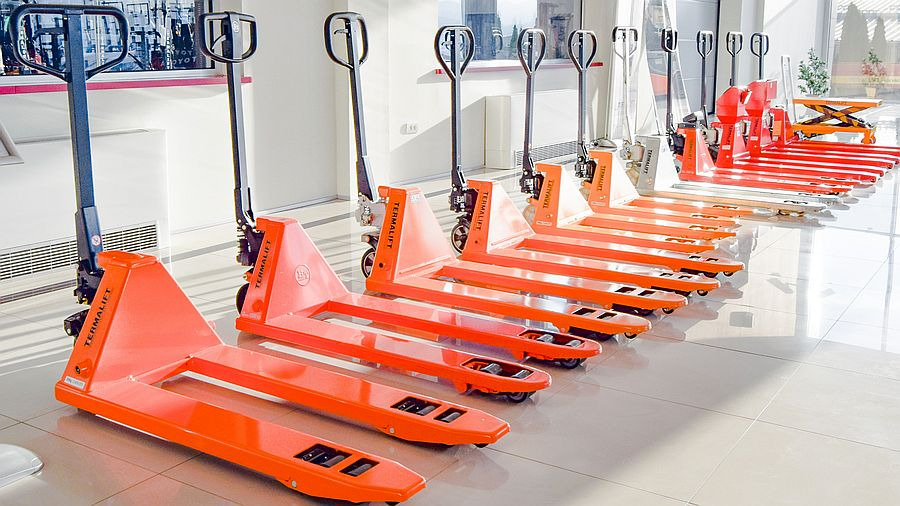Pallet jacks are essential tools for moving heavily stacked pallets around warehouses, stockrooms, and loading docks. But with so many types and models available, how to discover reliable pallet jacks at AAL Store? How do you select the right one for your business? Follow this guide when researching pallet jack options to match the equipment to your requirements and budget.
Consider Weight Capacities
The maximum load capacity needed should guide your pallet jack selection. Standard manual jacks typically handle up to 5,500 lbs, while powered electric models can lift over 10,000 lbs. Know the weight of your heaviest palletized loads or materials to determine capacity, adding a safety buffer. Oversized pallets and drums often require 3-ton or 5-ton units. Going too small risks operational bottlenecks.
Evaluate Fork Length
Check that pallet jack forks are long enough for your pallet sizes, often 48 inches for standard GMA pallets. Fork width between 5 to 9 inches can accommodate most pallet sizes but measure your pallets. Jacks with adjustable forks allow flexibility if you occasionally use half pallets or need to pick up irregular loads. Also, consider the minimum fork height to fit under loaded pallets.
Assess Power Options
Manual pallet jacks require operator pumping effort to lift loads but have lower upfront costs. Powered electric models use battery power to raise loads with the press of a button. While more expensive, electrics excel at high throughput handling. They also allow minimal force steering and smooth control on ramps. Consider cost tradeoffs vs. productivity gains for your workload volume.
Compare Steering and Ergonomics
Look for pallet jacks with ergonomic features that minimize strain on operators. These include comfort grip handles, low push/pull forces, and precise steering control. Larger diameter rear wheels enhance maneuverability in tight spaces. Make sure handles adjust to accommodate workers of different heights. Prioritize jacks with cushioned platforms or rubber mats for long periods of standing.
Determine Safety Needs
Select pallet jacks equipped with features that promote safe material handling:
– Entry rollers to guide pallets easily onto forks
– Durable wheel brakes to prevent rollback
– Rear wheel guards to prevent spinning and tip-overs
– Warning lights, alarms, and reflectors for visibility
– Non-marring wheels to avoid product damage
Don’t compromise on safety – the consequences for accidents are too high.
Compare Ownership vs. Rental
For long-term needs, purchasing pallet jacks provides the most economical solution. But renting can offer more flexibility for temporary spikes in workload. Consider:
Buy When:
– Pallet jack needs are year-round
– Significant daily use required
– Tight control over equipment desired
Rent When:
– Usage needs are seasonal or short term
– Unsure of required capacity/features
– Testing before large purchase commitment
Crunch total cost of ownership models to determine the breakeven point for buying versus renting. Factor in tax incentives, maintenance costs, and financing options as well.
Vet Suppliers Thoroughly
Whether purchasing or renting, always inspect the condition of units before accepting. Compare pricing and service reputation of equipment vendors. Ask trusted colleagues for vendor referrals too. Reliable equipment and responsive support prevent headaches down the road.
With proper planning and research, finding the ideal pallet jack for maximizing productivity doesn’t have to be a heavy lift. Carefully defining your needs and weighing options leads to the right purchase or rental decision. Workers stay happier and deliveries stay swifter when you provide the right material handling tools.

